1. Rats
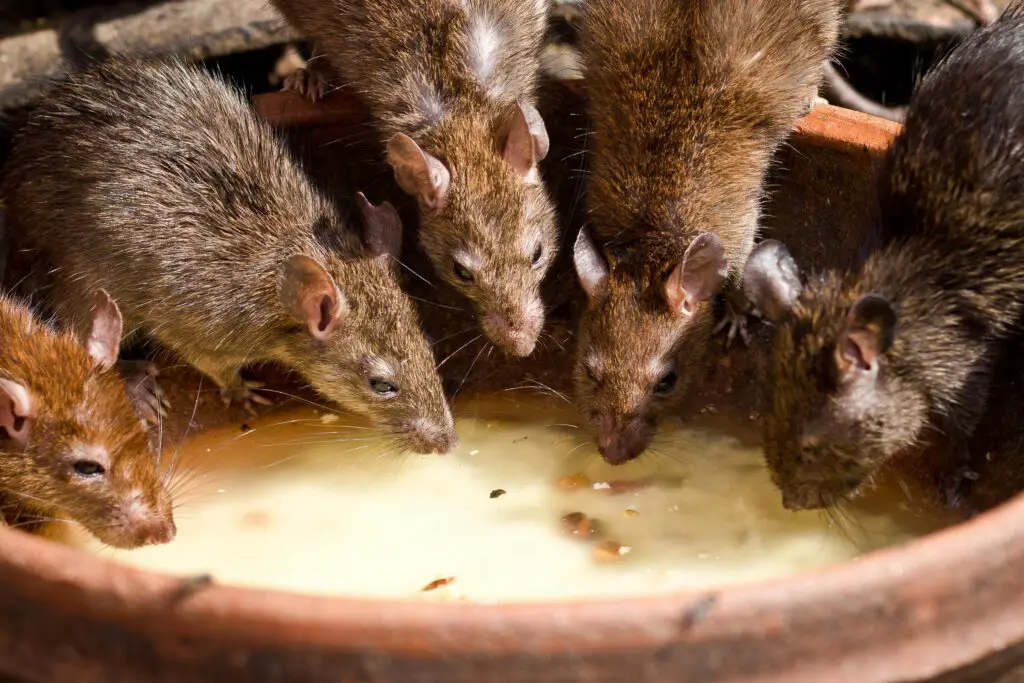
Yes, you read that right—rats. During the Civil War, soldiers, particularly in sieges like the one at Vicksburg, were desperate for protein. With traditional food supplies completely exhausted, rats became an unexpected solution. Soldiers would catch them, clean them up, and roast them over fires like tiny chickens. They were even reportedly referred to as “Vicksburg chickens” to add a little humor to the grim reality. While nobody was thrilled about eating them, hunger has a way of making you reconsider what’s edible.
2. Mule Meat
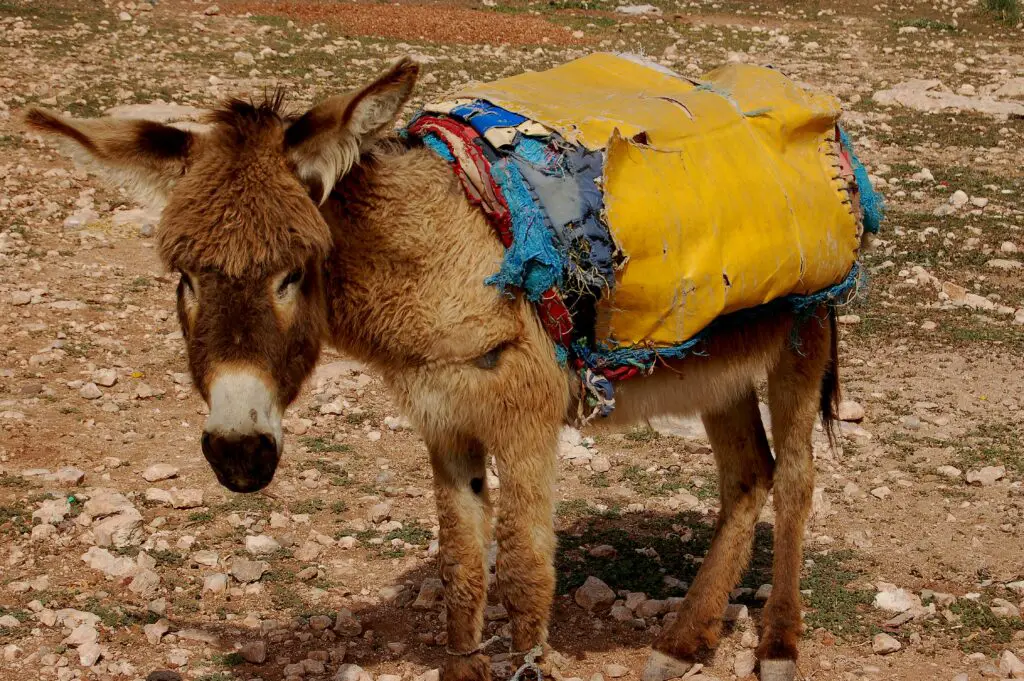
When the army ran out of beef, pork, and other livestock, mules became the next target for survival. Mules were essential for pulling wagons and carrying supplies, but when times grew dire, they were seen as walking food. The meat was reportedly tough, stringy, and gamey—certainly not what you’d find in a gourmet meal. However, for soldiers stranded without options, mule meat provided the sustenance they needed to keep moving. At one point during the Siege of Vicksburg, mule meat was sold as a delicacy just to boost morale.
3. Tree Bark

In the absence of any crops or edible plants, people turned to trees—literally. Soldiers and civilians alike would peel the inner bark from trees, particularly pine or slippery elm, and boil it to make a kind of makeshift porridge. While this wasn’t exactly satisfying or nutritious, it provided fiber and staved off hunger pangs for a little while. Some accounts even describe soldiers gnawing on bark raw when cooking wasn’t an option. It was more about survival than taste.
4. Leather Shoes and Belts

Hunger during the Civil War became so unbearable that soldiers started eating their own gear. Leather shoes, belts, and saddles were boiled to soften them up and make them semi-edible. The process turned the leather into a gummy, tasteless mess, but it was something to fill empty stomachs. Desperate soldiers believed they could extract nutrients from the animal hide, though it likely offered little more than false hope. This practice was most common during long sieges when food was completely unattainable.
5. Dogs and Cats

Man’s best friend wasn’t exempt when it came to survival. In some of the worst instances of starvation, dogs and cats were butchered for meat. Civilians trapped in besieged cities or on the brink of famine had no choice but to make such heartbreaking decisions. The meat, while edible, was a last resort when all other options had vanished. Historical accounts suggest it wasn’t done lightly, as people had close bonds with their pets, but war left little room for sentimentality when survival was on the line.
6. Cornmeal Coffee

With coffee supplies cut off, resourceful soldiers and civilians began brewing substitutes out of whatever they could find. Cornmeal was a popular choice. They would roast the cornmeal until it browned, then boil it to create a weak coffee-like drink. While it didn’t have the caffeine kick of real coffee, the smoky, roasted flavor helped lift morale and made the hardship feel a little more bearable. Other substitutes included chicory, acorns, and even dandelion roots.
7. Candles

Yes, people ate candles—but not for the waxy flavor. During the Civil War, candles made from animal fat, known as tallow, were considered a last-ditch food source. Starving soldiers or civilians would scrape off bits of tallow and eat them raw, or they’d melt the wax into broth-like meals. While not exactly a feast, the animal fat provided energy and calories needed to keep going. It’s hard to imagine melting down your only light source for dinner, but when survival was at stake, there were no limits.
8. Sawdust Bread
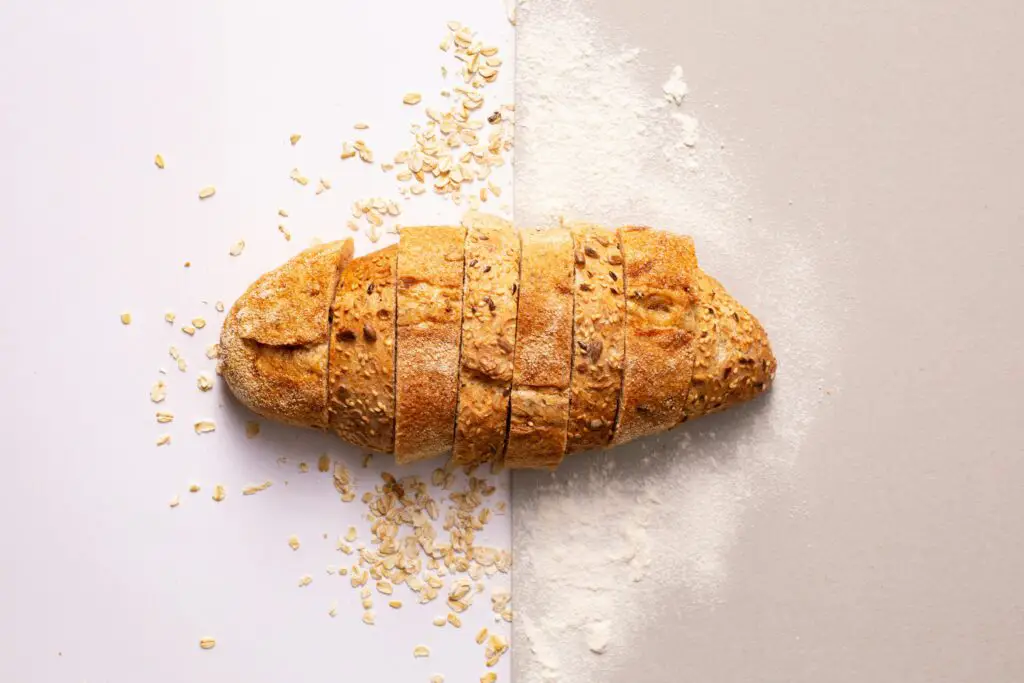
In some besieged areas, flour was so scarce that people began adding sawdust to stretch their bread supplies. Sawdust mixed with a small amount of flour created a coarse, unappetizing loaf that barely resembled food. While it provided no real nutrition and could be harmful when consumed in excess, it offered a psychological comfort of eating “something.” It also reflected the sheer creativity people had to show when war drained their resources to the bone.
9. Snakes

Snake meat was a surprising yet lifesaving meal during desperate times. Soldiers or civilians would hunt snakes—most commonly rattlesnakes or garter snakes—skin them, and roast them over a fire. The meat reportedly tasted like tough chicken, which isn’t the worst comparison you could hope for in dire circumstances. Snakes were abundant in wooded areas, so they became an easy protein source when larger game animals had been hunted to extinction. It was survival at its most primal.
10. Grass and Weeds

In the harshest parts of the Civil War, people found themselves eating whatever grew at their feet. Grass and wild weeds were boiled into stews or simply chewed raw. While most grasses offered little to no sustenance, they could provide temporary relief from gnawing hunger. Soldiers trapped behind enemy lines or civilians in besieged cities would forage desperately for anything green. This practice underscores just how far people had to go when food became a distant memory.
11. Pigeons

Pigeons, often seen as pests today, were once an emergency food source during the Civil War. With chickens and other livestock gone, pigeons became an easy-to-catch meal for starving families and soldiers. The birds were plucked, roasted, or boiled into soups to provide protein and energy. Their abundance in cities made them a lifeline for those trapped during prolonged sieges. Pigeon meat may not have been gourmet dining, but in war, it was a luxury compared to rats or leather.
12. Roasted Acorns
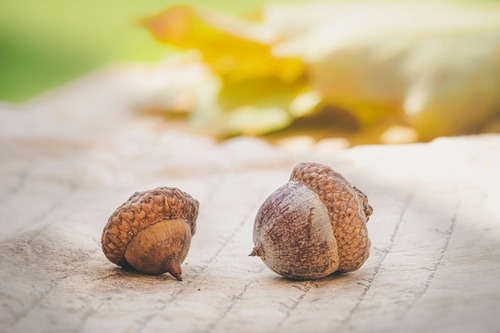
Acorns were plentiful in wooded areas, so people began gathering and roasting them as a food source. The acorns had to be boiled multiple times to remove their bitter tannins, but they could be ground into a flour substitute or simply eaten roasted. While the taste was earthy and slightly bitter, they provided calories and essential nutrients like fats and carbs. Acorns became an important survival tool for soldiers on the march or civilians left to forage in forests.
13. Raw Turnips
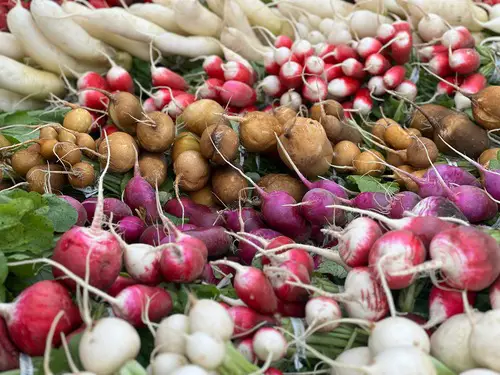
During food shortages, raw turnips were eaten straight from the ground. These hardy root vegetables could survive in poor conditions and were often one of the last crops left standing. Soldiers and civilians alike would eat them raw, roast them, or boil them into thin soups. Turnips may not have been filling, but they were better than nothing. They also held the advantage of being easy to find, which made them a staple for those in desperate situations.
14. Donkey Meat
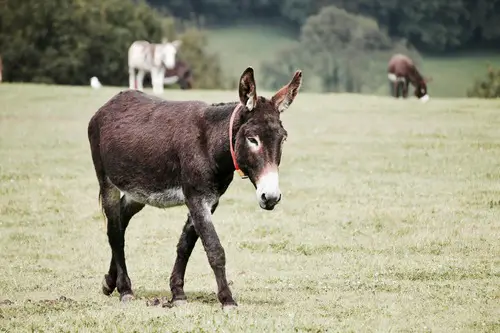
When all other livestock disappeared, donkeys joined the long list of emergency food sources. Much like mule meat, donkey meat was tough and gamey, but it was edible and kept starving people alive. Donkeys were commonly used for labor and transportation, but their usefulness ended when the war pushed communities to the brink of famine. Eating a beast of burden was an act of pure necessity—a decision that symbolized just how extreme conditions had become during the Civil War.


